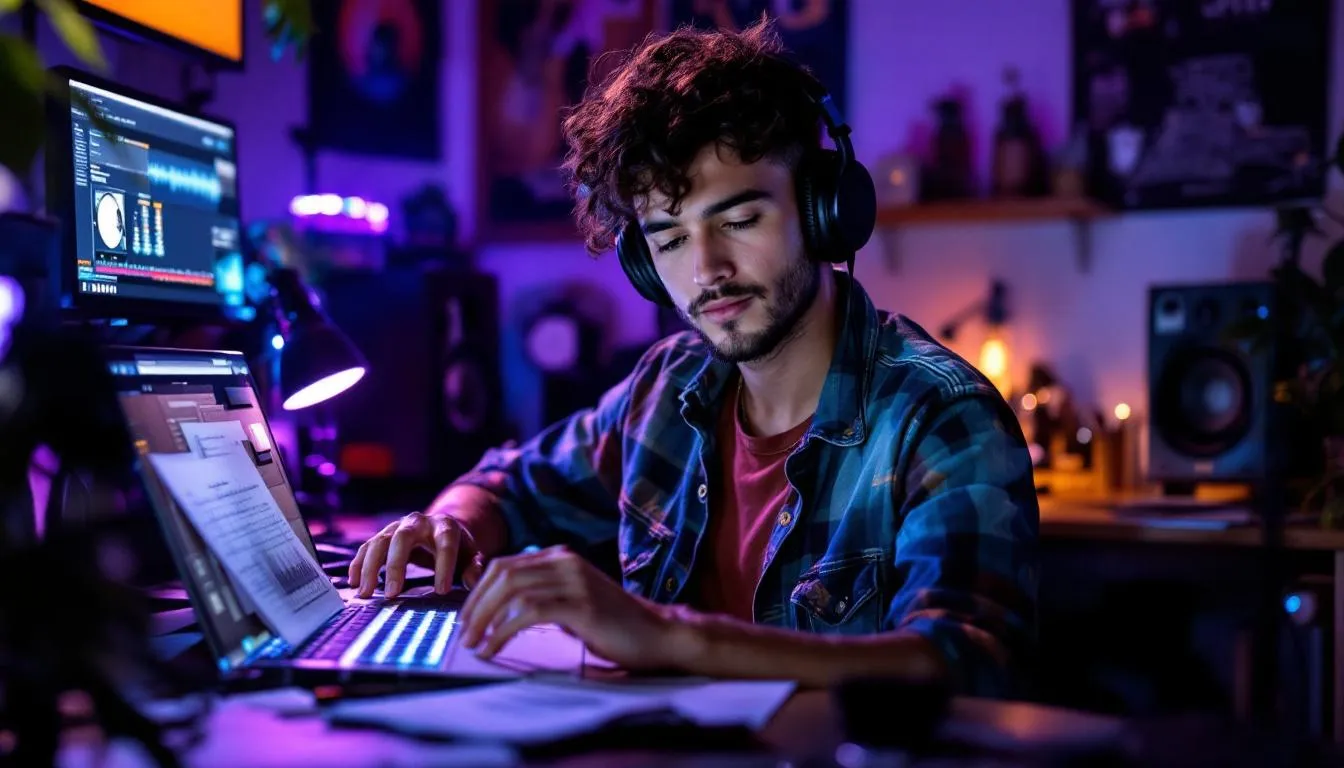
How to Actually Get on DSP Playlists Without Begging or Buying Spots
06 November, 2025
Getting your music on major DSP (Digital Service Provider) playlists can feel like trying to break into a VIP club without an invite. But here’s the thing: you don’t have to beg curators or buy your way in. The smarter approach is to understand how playlists really work and use that knowledge to your advantage.
Why DSP Playlists (AKA Editorials) Matter
Streaming platforms like Spotify, Apple Music, and Amazon Music dominate how people discover new artists. In 2023, streaming made up 83% of the U.S. music industry’s revenue, according to the RIAA. And within that, playlists are how most listeners find new tracks.
Editorial playlists are run by in-house curators and can instantly boost your numbers. Algorithmic playlists, like Spotify’s Discover Weekly, personalize recommendations for each listener and can build consistent, organic growth. User-generated playlists, on the other hand, often have smaller but more loyal audiences.
Knowing the difference helps you target your efforts. Don’t chase every playlist you find. Focus on the ones that align with your genre, vibe, and audience. That focus not only increases your odds of landing a spot but also helps you connect with the right listeners.
Playlist culture has changed how artists release music. Today, placement on a big playlist can be as valuable as radio airplay. Artists are tailoring release strategies and social engagement around playlists, while using platform analytics to see what connects most with their audience.
Networking also plays a major role. Independent artists often collaborate with influencers or other musicians to boost visibility. By creating buzz and community-driven promotion, they increase their chances of being noticed by curators and fans alike.
Build Momentum Before Pitching
Engage Your Current Fans
Playlists highlight songs that are already performing well. If your track has no traction, curators are unlikely to take notice. Start by getting your existing audience involved. Share your new track through social media, newsletters, and shows. Encourage fans to save it or add it to their own playlists.
Engagement metrics like saves, shares, and repeat listens tell DSPs your song has genuine momentum. That’s the kind of proof curators trust.
Find Local or Niche Playlists
You don’t need to aim for massive playlists right away. Smaller, genre-specific, or local lists are often easier to approach. Curators who focus on certain scenes or moods usually welcome artists who match their vibe.
Send a short, personalized message when reaching out. Mention something specific about their playlist or a song they recently added. This shows respect and attention rather than just a copy-paste pitch.
Master the Pitch
Use Official Submission Tools
Platforms like Spotify for Artists and Apple Music for Artists let you submit unreleased music directly to editorial teams. This is your best legitimate path to big playlist placements.
Submit at least two weeks before release, and include a compelling story about your song; what inspired it, who was involved, and what kind of mood or message it carries. If you have early traction or collaborations, mention them briefly. Give the curator context so they understand the value of your track.
Keep It Short
Curators go through hundreds of submissions every day. Respect their time. Introduce yourself, include the song title and release date, and explain why your track fits their playlist’s tone. No spelling mistakes.
Presentation and Sound Quality
Professionalism matters. Curators want music that sounds finished and well-produced. Poor mixing or muddy vocals make a song hard to feature, no matter how good the writing is.
The same goes for your artwork. You don’t need an expensive designer, but your cover should look clean and reflect your sound. Visuals are part of the experience, and they influence how people perceive your professionalism.
Check your metadata too. Make sure song titles, artist names, genres, and release dates are correct. Errors can cause delays or make your track harder to find.
Pick a release date strategically. Avoid competing with major drops or holiday chaos. You’ll stand out more when curators have bandwidth to explore new music.
Build Relationships, Not Just Pitches
Behind every playlist is a person. Follow curators on social media, engage with their posts, and share their playlists. Genuine connection goes further than a one-time pitch. When your name pops up again later, it’ll be familiar.
Collaborate with artists or influencers who have established audiences. Cross-promotions let you reach more listeners and boost streams naturally. Influencers can also drive people to your track, helping it grow through authentic engagement instead of fake numbers.
Use Data to Improve
DSPs provide analytics showing where your streams come from, who’s listening, and which playlists are driving traffic. Use that information to refine your approach. If certain playlists or regions perform well, lean into them.
Experiment with your strategy. Change up your pitch wording, adjust release days, and test different types of content to support your songs. Playlist success rarely happens overnight. It’s a long-term process of learning and adapting.
Why You Should Never Buy Playlist Spots!
Buying placements might seem like a shortcut, but it’s risky. Many of these services use bots or fake accounts, which can get your tracks flagged or removed entirely. Even if the streams count, they don’t convert into real fans.
Curators and DSPs can spot fake engagement quickly. Once your reputation takes a hit, it’s hard to rebuild. Authentic growth takes longer, but it leads to a loyal fanbase and more lasting success.
Final Thoughts
Landing on DSP playlists without begging or buying is about strategy and patience. Focus on your craft, build genuine momentum, and use the submission tools available to you. Connect with real people, nurture your audience, and keep learning from your data.
There’s no secret trick. It’s consistency, creativity, and respect for the process. If you stay committed to those, playlists won’t feel like an exclusive club anymore, they’ll just be another step in building the music career you want.
